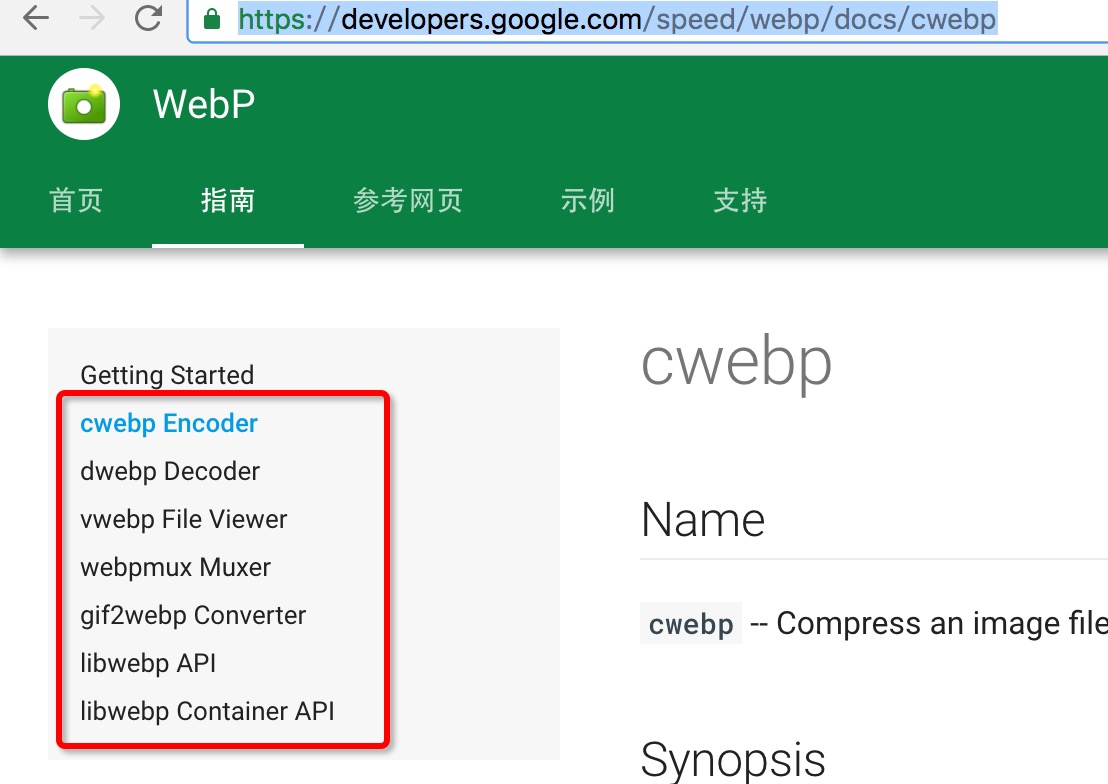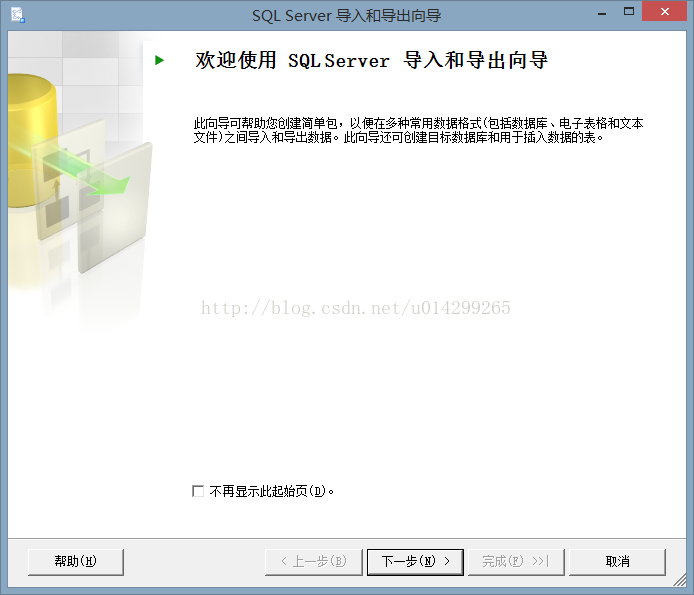編輯:關於Android編程
本文所述為Android實現下載文件功能的完整示例代碼,對於學習和研究android編程相信會有一定的幫助,尤其是對Android初學者有一定的借鑒價值。
完整功能代碼如下:
package com.test;
import java.io.File;
import java.io.FileOutputStream;
import java.io.InputStream;
import java.net.URL;
import java.net.URLConnection;
import android.app.Activity;
import android.content.Intent;
import android.net.Uri;
import android.os.Bundle;
import android.util.Log;
import android.view.View;
import android.webkit.URLUtil;
import android.widget.Button;
import android.widget.EditText;
import android.widget.TextView;
public class Main extends Activity {
private TextView mTextView01;
private EditText mEditText01;
private Button mButton01;
private static final String TAG = "DOWNLOADAPK";
private String currentFilePath = "";
private String currentTempFilePath = "";
private String strURL="";
private String fileEx="";
private String fileNa="";
public void onCreate(Bundle savedInstanceState)
{
super.onCreate(savedInstanceState);
setContentView(R.layout.main);
mTextView01 = (TextView)findViewById(R.id.myTextView1);
mButton01 = (Button)findViewById(R.id.myButton1);
mEditText01 =(EditText)findViewById(R.id.myEditText1);
mButton01.setOnClickListener(new Button.OnClickListener()
{
public void onClick(View v)
{
// 文件會下載至local端
mTextView01.setText("下載中...");
strURL = mEditText01.getText().toString();
/*取得欲安裝程序之文件名稱*/
fileEx = strURL.substring(strURL.lastIndexOf(".")
+1,strURL.length()).toLowerCase();
fileNa = strURL.substring(strURL.lastIndexOf("/")
+1,strURL.lastIndexOf("."));
getFile(strURL);
}
}
);
mEditText01.setOnClickListener(new EditText.OnClickListener()
{
public void onClick(View arg0){
mEditText01.setText("");
mTextView01.setText("遠程安裝程序(請輸入URL)");
}
});
}
/* 處理下載URL文件自定義函數 */
private void getFile(final String strPath) {
try
{
if (strPath.equals(currentFilePath) )
{
getDataSource(strPath);
}
currentFilePath = strPath;
Runnable r = new Runnable()
{
public void run()
{
try
{
getDataSource(strPath);
}
catch (Exception e)
{
Log.e(TAG, e.getMessage(), e);
}
}
};
new Thread(r).start();
}
catch(Exception e)
{
e.printStackTrace();
}
}
/*取得遠程文件*/
private void getDataSource(String strPath) throws Exception
{
if (!URLUtil.isNetworkUrl(strPath))
{
mTextView01.setText("錯誤的URL");
}
else
{
/*取得URL*/
URL myURL = new URL(strPath);
/*創建連接*/
URLConnection conn = myURL.openConnection();
conn.connect();
/*InputStream 下載文件*/
InputStream is = conn.getInputStream();
if (is == null)
{
throw new RuntimeException("stream is null");
}
/*創建臨時文件*/
File myTempFile = File.createTempFile(fileNa, "."+fileEx);
/*取得站存盤案路徑*/
currentTempFilePath = myTempFile.getAbsolutePath();
/*將文件寫入暫存盤*/
FileOutputStream fos = new FileOutputStream(myTempFile);
byte buf[] = new byte[128];
do
{
int numread = is.read(buf);
if (numread <= 0)
{
break;
}
fos.write(buf, 0, numread);
}while (true);
/*打開文件進行安裝*/
openFile(myTempFile);
try
{
is.close();
}
catch (Exception ex)
{
Log.e(TAG, "error: " + ex.getMessage(), ex);
}
}
}
/* 在手機上打開文件的method */
private void openFile(File f)
{
Intent intent = new Intent();
intent.addFlags(Intent.FLAG_ACTIVITY_NEW_TASK);
intent.setAction(android.content.Intent.ACTION_VIEW);
/* 調用getMIMEType()來取得MimeType */
String type = getMIMEType(f);
/* 設置intent的file與MimeType */
intent.setDataAndType(Uri.fromFile(f),type);
startActivity(intent);
}
/* 判斷文件MimeType的method */
private String getMIMEType(File f)
{
String type="";
String fName=f.getName();
/* 取得擴展名 */
String end=fName.substring(fName.lastIndexOf(".")
+1,fName.length()).toLowerCase();
/* 依擴展名的類型決定MimeType */
if(end.equals("m4a")||end.equals("mp3")||end.equals("mid")||
end.equals("xmf")||end.equals("ogg")||end.equals("wav"))
{
type = "audio";
}
else if(end.equals("3gp")||end.equals("mp4"))
{
type = "video";
}
else if(end.equals("jpg")||end.equals("gif")||end.equals("png")||
end.equals("jpeg")||end.equals("bmp"))
{
type = "image";
}
else if(end.equals("apk"))
{
/* android.permission.INSTALL_PACKAGES */
type = "application/vnd.android.package-archive";
}
else
{
type="*";
}
/*如果無法直接打開,就跳出軟件列表給用戶選擇 */
if(end.equals("apk"))
{
}
else
{
type += "/*";
}
return type;
}
/*自定義刪除文件方法*/
private void delFile(String strFileName)
{
File myFile = new File(strFileName);
if(myFile.exists())
{
myFile.delete();
}
}
/*當Activity處於onPause狀態時,更改TextView文字狀態*/
protected void onPause()
{
mTextView01 = (TextView)findViewById(R.id.myTextView1);
mTextView01.setText("下載成功");
super.onPause();
}
/*當Activity處於onResume狀態時,刪除臨時文件*/
protected void onResume()
{
/* 刪除臨時文件 */
delFile(currentTempFilePath);
super.onResume();
}
}
讀者可以在該實例的基礎上進行修改與完善,使之更符合自身項目需求。
 Android Webp 快來縮小apk的大小吧
Android Webp 快來縮小apk的大小吧
一、概述最近項目准備嘗試使用webp來縮小包的體積,於是抽空對相關知識進行了調研和學習。至於什麼是webp,使用webp有什麼好處我就不贅述了,具體可以參考騰訊isux上
 android listview上拉加載,下拉刷新
android listview上拉加載,下拉刷新
listview是開發中必見的功能應用,各種需求也不盡相同,今天給大家一個帶來一個簡單方便的自定義listview,希望對大家有幫助,閒話不說,先上幾張效果圖1、功能示例
 Android自定義View實現水波紋引導動畫
Android自定義View實現水波紋引導動畫
一、實現效果圖關於貝塞爾曲線 二、實現代碼1.自定義viewpackage com.czhappy.showintroduce.view;import android.c
 Android 使用XML做動畫UI的深入解析
Android 使用XML做動畫UI的深入解析
效果: http://www.56.com/u82/v_OTM4MDk5MTk.html第一步: 創建anim文件夾放置動畫xml文件在res文件夾下,創建一個
 android:用sql server2005(或Excel+sql server2005)+sqlserver2sqlite_converter工具
android:用sql server2005(或Excel+sql server2005)+sqlserver2sqlite_converter工具
自己寫db文件方法有兩種:1、用sql server2005+sqlse